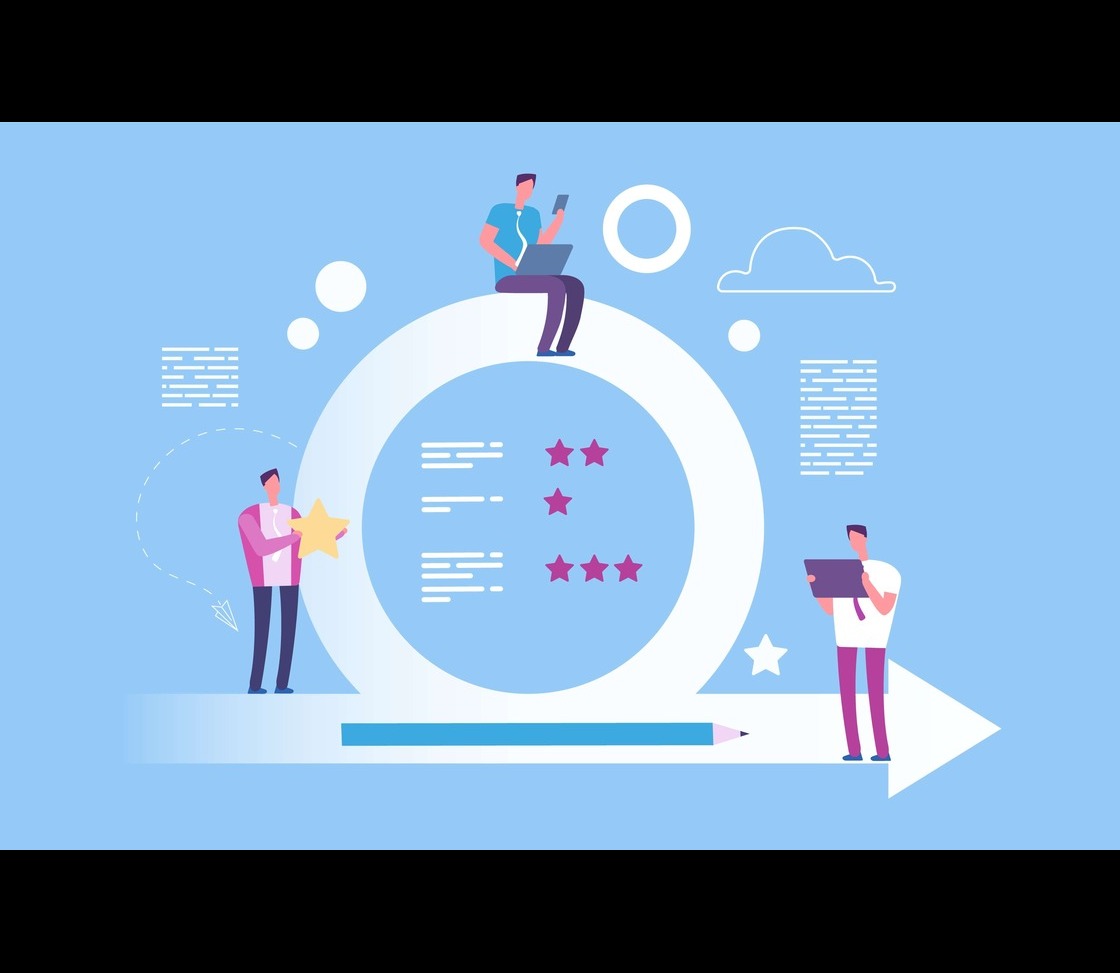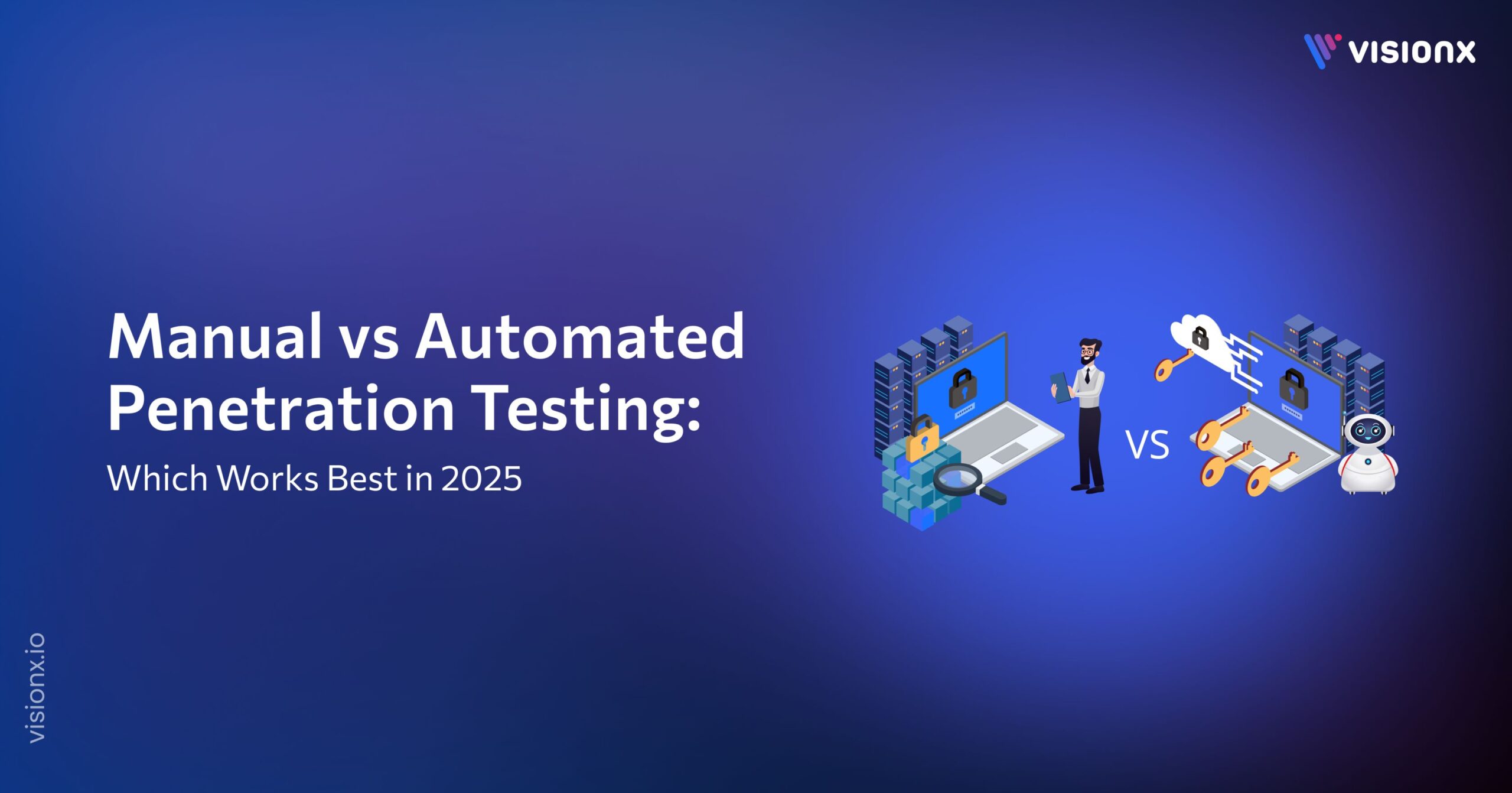What is the Software Development Life Cycle (SDLC)?
The software development life cycle (SDLC) refers to the steps followed to design, develop, test, and deploy a software application or system. The SDLC provides a structured approach for building software that ensures quality, meets user requirements, and is developed on time and within budget.
However, during the development process, change is inevitable. Requirements evolve, technologies advance, bugs emerge, and business needs shift. Without proper change management, these changes can derail the development effort.
Why is SDLC change management important?
Effective change management is critical for successfully navigating the SDLC. Change introduces risk to the project – the risk of cost overruns, schedule slips, quality issues, and scope creep. However, change can also present opportunities, such as incorporating innovative features or utilizing more efficient methods.
The key is having a change management process that quickly assesses the impact of proposed changes and provides a pathway for approving and implementing beneficial changes while mitigating risks.
Benefits of effective change management in the SDLC
The benefits of effective change management in the Software Development Life cycle (SDLC) include:
Improved Stakeholder Alignment
Change management helps ensure that all stakeholders, including developers, testers, and end-users, are on the same page regarding project goals and objectives.
Minimized Resistance
It helps reduce resistance to change among team members, making it easier to implement new processes, tools, or technologies.
Increased Productivity
Effective change management ensures that teams adapt quickly to changes, which can lead to increased productivity and faster project delivery.
Better Risk Management
It helps identify and mitigate potential risks associated with changes, reducing the likelihood of project delays or failures.
Enhanced Communication
Change management promotes open and transparent communication within the team, which is crucial for successful project execution.
Improved Quality
When changes are managed effectively, there is a higher likelihood of delivering a high-quality product that meets user requirements.
Cost Savings
By minimizing disruptions and avoiding rework, effective change management can lead to cost savings in the long run.
Greater Customer Satisfaction
Ensuring that changes are well-managed helps meet customer expectations and leads to higher satisfaction levels.
Continuous Improvement
Change management encourages a culture of continuous improvement, making it easier for teams to adapt to evolving requirements and technologies.
Regulatory Compliance
It helps ensure that changes are compliant with relevant regulations and standards, reducing legal and compliance risks.
Risks of not managing change in the Software Development Life Cycle
Failing to manage change properly can cripple a software development effort. There are some potential risks of not managing change in SDLC:
- Introduction of major defects or integration issues due to insufficient analysis of changes
- Overwhelming development teams with excessive changes, leading to rushed work
- Allowing scope creep by incorporating non-essential feature changes
- Diverting resources to constant rework and bug fixing
- Accumulation of technical debt as quick fixes pile up
- Serious quality and architectural issues emerging late in testing or integration
- Lack of traceability around changes causing audit and compliance failures
- Budget overruns from excessive changes and rework
- Schedule delays from overloaded teams and change-driven rework
- Lower quality due to rushed changes and inadequate testing
- Difficulty maintaining the system long-term due to technical debt
- Overall lack of alignment between software delivery and evolving requirements
Steps to Manage Change in SDLC Effectively
Step 1: Identify the change
- What is the change that needs to be made? Clearly describe the specific modification, addition, or removal proposed.
- Who requested the change? Document who originated the change request, whether it’s the customer, user, software developer, tester, or other stakeholder.
- Why is the change needed? Understand the rationale, justification, and expected benefits driving the request. Is it to fix a bug, meet a new requirement, improve performance, or address some other issue?
Step 2: Assess the impact of the change
- What are the potential impacts of the change on the SDLC? Analyze how the change could affect scope, schedule, resources, costs, quality, and dependencies if implemented.
- What are the risks and benefits of the change? Identify any risks to the project in terms of budget, timeline, resources, or deliverables. Also, determine expected benefits in terms of functionality, quality, user experience, etc.
- Are adjustments needed to requirements, architecture, design, code, tests, or documentation based on the change?
- Will the change impact other components of the system?
- What is the priority and estimated effort level of the change?
- Does the change align with overall project objectives and business goals?
Step 3: Prioritize the change
- How important is the change? Assign a priority level based on factors like business value, impact, risk, and requirements.
- What is the deadline for the change? Determine any hard deadlines or target dates that the change must be completed by.
- What resources are available to implement the change? Assess resource availability and skills needed to execute the change.
- How does the change impact the overall project schedule and roadmap?
- Should the change be implemented in the current release or a future one?
Prioritization allows orderly planning and allocation of resources to changes with the greatest need and value.
Step 4: Develop a change plan
- What steps need to be taken to implement the change? Define the tasks, responsibilities, and activities required to execute the change, such as updates to documentation, code, or tests.
- Who is responsible for each step? Assign resources and owners for each element of the plan.
- What is the timeline for the change? Develop a schedule for implementing the change that aligns with priorities and resource availability.
- How will the change be tested and validated before deployment?
- Are any stakeholders who will be impacted notified? Is training or transition planning required?
- How will the change be communicated and documented?
Step 5: Implement the change
- Communicate the change to all stakeholders – Inform all affected teams, managers, and users about the upcoming change and how it impacts them.
- Make the necessary changes to the SDLC – Follow the change plan to execute all required updates to documentation, code, configurations, processes, etc.
- Test the changes – Thoroughly test the changes made and validate they are working as expected without unintended side effects.
- Deploy the change – Once testing is complete, deploy the change according to the rollout plan.
Step 6: Review and monitor the change
- Has the change been implemented successfully? Do a post-implementation review to confirm the change was rolled out properly and is functioning as intended.
- Are there any unintended consequences of the change? Identify any unexpected impacts or issues arising from the change.
- Make adjustments to the change as needed – If issues emerge, quickly make necessary revisions or back out the change if severe problems appear.
- Update documentation – Document the change, implementation results, and any lessons learned for future reference.
- Retire the change request – Close out the change ticket once implemented, reviewed, and verified.
Careful monitoring after deployment detects problems early while they are still easy to fix. Reviewing results improves the ability to manage changes moving forward.
Conclusion
Effective change management is imperative for navigating the twists and turns of the software development life cycle. Project chaos is inevitable without structured processes for evaluating, prioritizing, and controlling changes. However, by implementing formal change management procedures, software teams can assess impacts, minimize risks, take advantage of opportunities, and keep development aligned.
Some tips for successful change management include:
- Develop standardized change request forms and procedures
- Utilize input from multiple stakeholders during impact analysis
- Employ a change control board to review and approve/reject changes
- Assign clear owners and plans for approved changes
- Thoroughly test all changes before full deployment
- Conduct post-implementation reviews on changes
- Closely monitor changes even after deployment
- Update all relevant documentation as changes occur
With rigorous, proactive change control, organizations can maximize the value delivered by changes while minimizing disruption.


